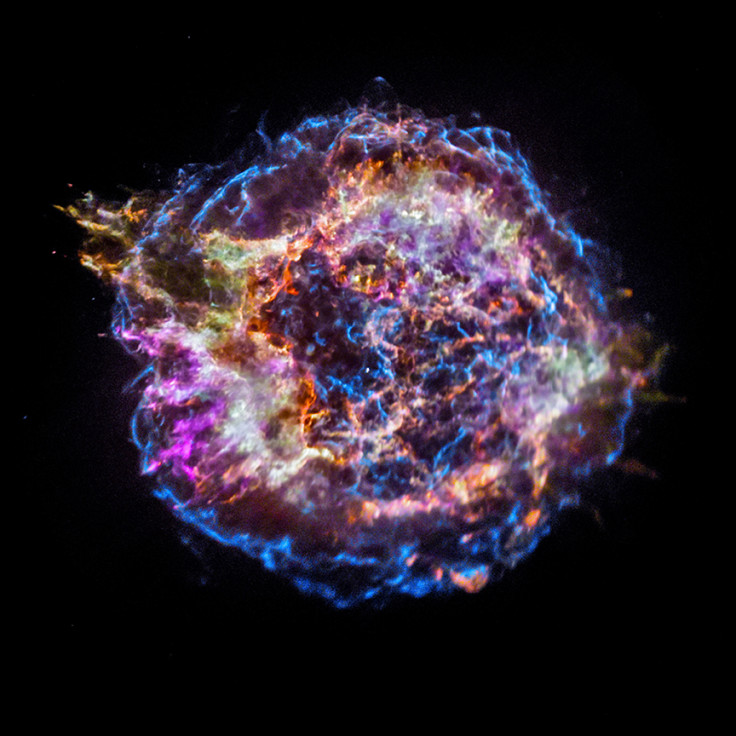Now you can take a virtual walk through a star that exploded 11,000 light years away
Researchers have created a 3D VR model of a 300-year-old supernova remnant.

A group of researchers have created a virtual reality avatar of a distant supernova remnant, giving an up-close look at the remains of a star that exploded some 11,000 light years away about 300 years ago.
When the massive star in constellation Cassiopeia blew up, it left nothing but Cassiopeia A. Nasa scientists reportedly conducted multiple observations using Chandra X-Ray Telescope, Spitzer Space Telescope, and others to study the remnant star's nature and features.
Using that set of data, a group of Brown University researchers is giving people, especially astronomers, a chance to explore the supernova remnant like never before. The team has developed a virtual world which allows the subjects to see, touch and interact with the remnant right here on Earth.
It is a unique 3D model of the supernova remnant with VR and AR elements. With a VR headset, you can walk inside the debris from the massive stellar explosion, select parts to engage with, and even access captions to understand what the materials in question actually are.
"The stars are much too far away to touch, but this project will let experts and non-experts — at least virtually — walk among one of the most famous supernova remnants in our sky," said Kimberly Arcand, Visualization Lead at the Chandra X-ray Center.
To create the visualisation, the joint Nasa and Brown University team studied the supernova elements and the light they were emitting. This helped them determine how fast the debris was moving and in what direction — factors that ultimately led to the construction of the model.
According to the researchers, the 3D model mainly carries two components — a spherical one showing the outer part of the remnant and a flat disk-like component highlighting the inner region. High-velocity jets can be seen shooting out of the model.
Though the primary goal of this model will be to aid astronomers studying supernova explosions, space enthusiasts can get a version for themselves by contacting Kimberly Arcand, the Visualization Lead for NASA's Chandra X-ray Observatory.
It is, however, worth noting that the current open-access file is only available for VR caves (immersive VR rooms) and Oculus Rift, while a Google Cardboard version will come sometime later.





















